Click here to get this post in PDF

Source: mohamed Hassan from Pixabay
While it’s obviously important for startups to have a solid business model that allows for growth, eventually establishing a credible brand is also a crucial aspect of business. But merely understanding your brand and what it means to the world isn’t enough. You also need to create your brand’s guidelines to give your brand consistency and flexibility.
This article discusses the value of establishing brand guidelines at an early stage, and provides a detailed guide for creating one.
Why Do You Need Brand Guidelines?

Source: Gordon Johnson from Pixabay
Often coming in document form, brand guidelines serve as a tool created to give your brand consistency (both internally and externally) and flexibility (for potential growth and evolution). As a startup, it’s easy to limit its scope to brand design elements like logos, fonts, and color schemes – but a truly effective brand guideline should go beyond that.
It should also serve as a resource that everyone in the company can use to fully understand how to represent the brand. While it goes without saying that sales, marketing, and customer service teams benefit from it the most, even upper management can be helped by having clearly established brand guidelines.
For example, if a programmer attends a networking event and gets asked what a company does, that person should be able to go beyond the technical aspects of the web development. They should also be able to give an understanding of what makes the company unique, as well as the value it offers.
What Your Brand Guidelines Should Include?

Source: Gordon Johnson from Pixabay
To get a better understanding of the benefits of having brand guidelines, let’s take a look at the basic elements it should include.
1.) Brand Story
This commonly includes a brief description of what a company does and why it exists. Take a look at how marketing firm Element Three defines their brand identity in a couple of paragraphs below:
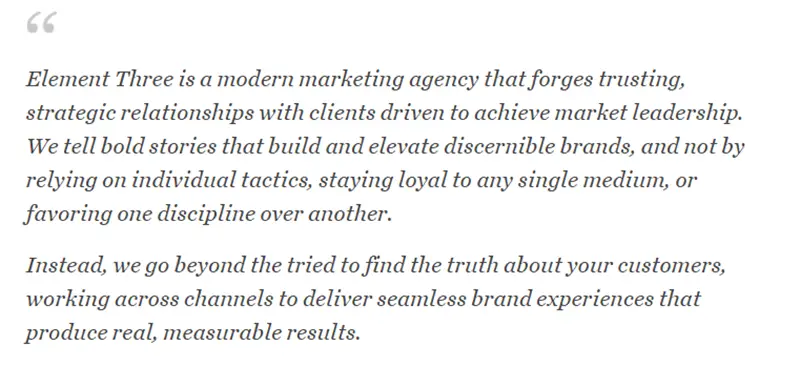
As you can see, it’s a short description of what clients can expect should they decide to work with Element Three.
The next part of a brand story is traditionally called the brand mission (or noble purpose, as called by Element Three). This is basically why a company exists, beyond just generating revenue. As a startup, it’s why you put in all those hours during the developmental stage, and why you’ll keep putting in work as the business grows.
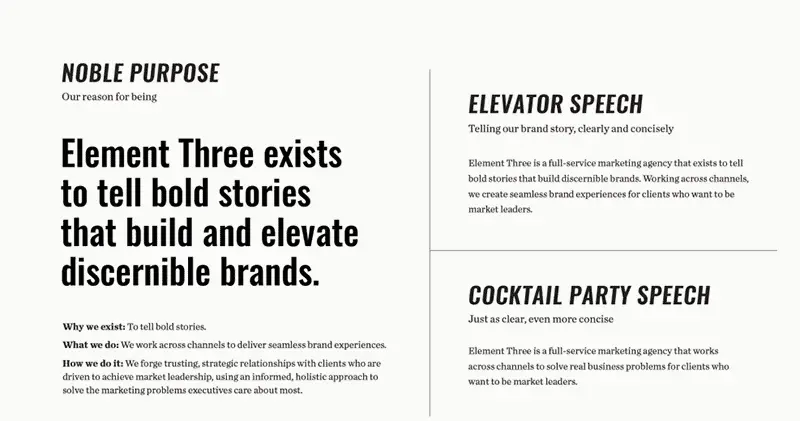
As you can see, Element Three has even tailored their brand mission for when more concise versions are needed. This way, anyone from the company can get the message across, be it at a cocktail reception, or a random introduction.
2.) Brand Wheel
A brand wheel presents the deeper elements of your brand. From the outside going in, the most basic wheel shows the details of what will ultimately make up a brand’s voice and style. Take a look at the example from the same brand below.
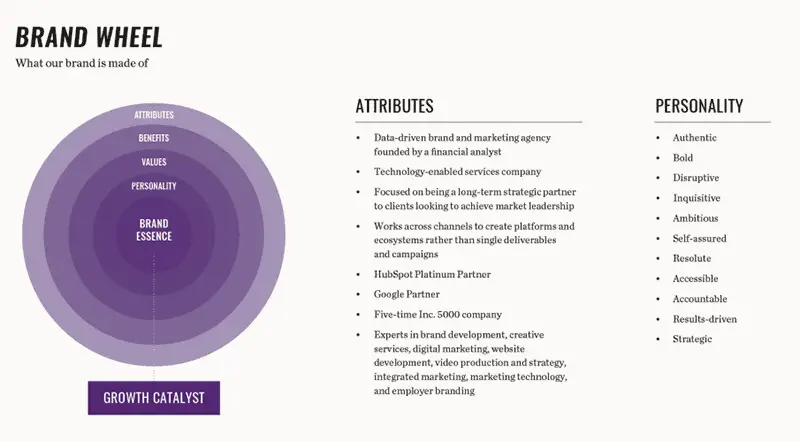
Divided into five parts, the wheel starts from the outside with measurable and provable facts about their company and goes into more detail as it reaches the brand core.
- Attributes – Essentially, these are facts people can get when they conduct a basic Google search about your company.
- Benefits – These are what clients get when they work with you. As you can see below, it’s better if you can get further into detail – showing how specific individuals can benefit from working with you.
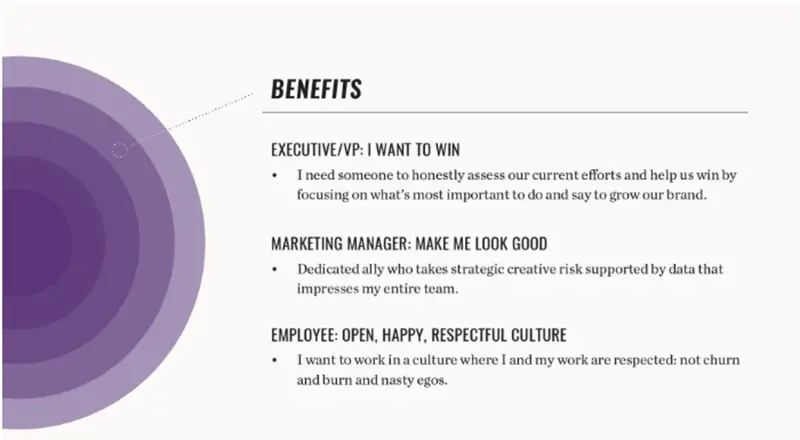
- Values – These are things internally celebrated and promoted by the company – a reminder to the team of what you’re trying to achieve. Examples could be: consumer-focused, innovative design approach, socially and environmentally responsible, etc.
- Personality – Again, while this will be reflected in your marketing, this is mostly for internal use – like the traits a prospective employee must have to have a chance at growing with the company. A brand could be: accessible, curious, disruptive, etc.
- Brand essence – This is what a company is at its core. This is where everything above comes together. It is often what comes out as a slogan or tagline.
3.) Visual Elements
It’s important to establish your brand story to be able to come up with visual elements that truly represent your brand. These will be the marketing assets that people will be seeing. These include:
- Logos – Instead of going for something cool and visually striking, try and come up with one that reflects the personality and characteristics you’ve established for your brand. As well, make sure that you come up with different versions of your logo, depending where you’ll be using it.
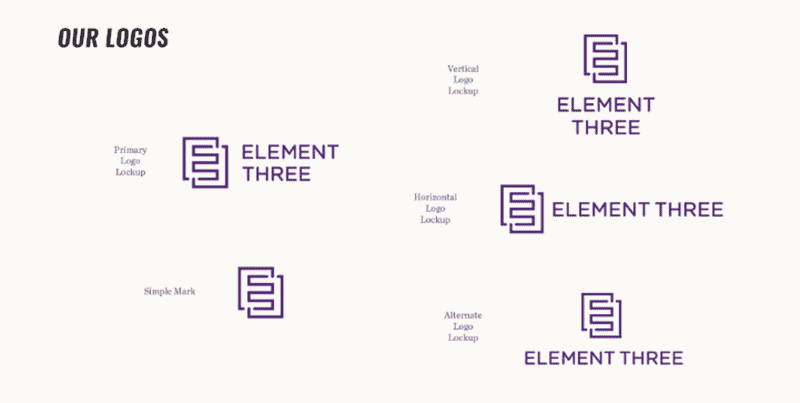
- Color palette – These include your primary and secondary colors. Sticking to these enable you to be consistent across all marketing collaterals – be it in your company stationery or in content posted on Facebook.
- Typography – Similar to the two elements above, your brand’s typography should include those for different uses, such as: for headlines, subheads, and paragraphs. In your brand guidelines document, it should outline when the fonts should be used and at what sizes.
- Tone – This includes the verbal and visual tone for all content. Again, this is derived from your brand personality, which would essentially define how you’ll look and sound. For example, if your brand is on the playful side, complementing images should reflect that as well.
Tips for Building Your Brand Guidelines
● Do your research

Source: Pixabay from Pexels
This includes understanding who your target is and who your competitors are. In the case of the former, you need to have a clear idea of who your audience is to be able to resonate with them. As a startup, you can do this by creating personas that represent your customers’ needs, wants, values, and motivations. Your personas should not be limited to your customers, you should also create ones for secondary groups like other brands and potential employees.
When it comes to your competition, pay close attention to how they present themselves. This will allow you to find a competitive edge as Twitch did when it opted for an all-purple branding at a time when its competitors used bold greens and reds.
● Continue building your identity
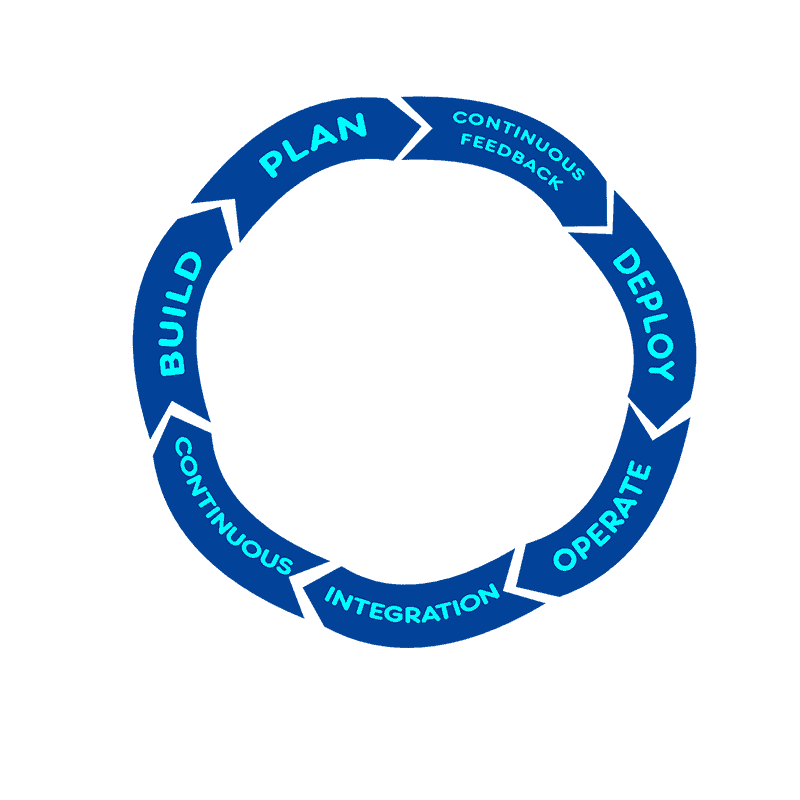
Source: Dirk Wouters from Pixabay
As a startup, your first year can be vastly different from your third. This means that while brand guidelines need to clearly established, it should also be able to grow with the company. Make sure that as your company evolves, your branding is able to evolve with it.
Takeaway

Source: Gerd Altmann from Pixabay
Startups are faced with a ton of concerns and growing pains. This might push creating brand guidelines at the bottom of the to-do list. But if you look at it as essentially having conversations with yourself – thinking about who you are and who you want to be, it becomes a more natural process that can be an enjoyable form of self-discovery. You’ll also find that doing it sooner pays off much more than doing it later.
Which company’s branding strategy has impressed you the most? Let us know in the comments below.
About the Author

Aaron Chichioco is the chief content officer (CCO) and one of the web designers of Design Doxa. Aside from his expertise on web/mobile design and development, he also has years of experience in digital marketing, branding, customer service, eCommerce and business management as well. For more information about Aaron, visit http://designdoxa.com/about-us/.
